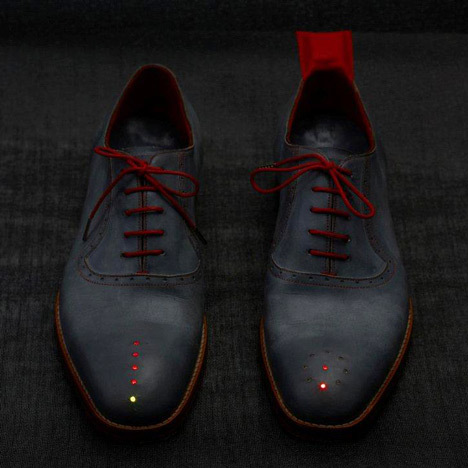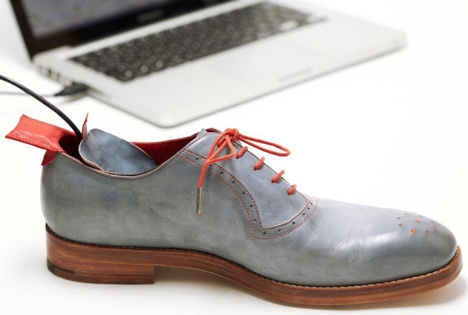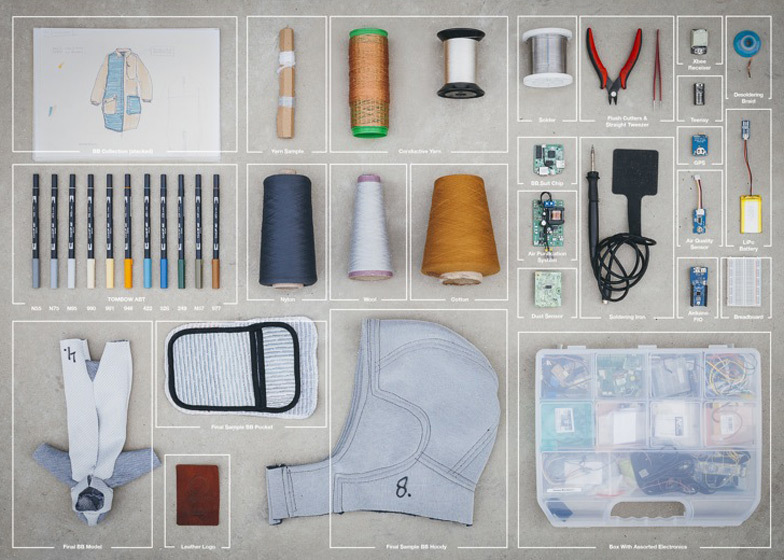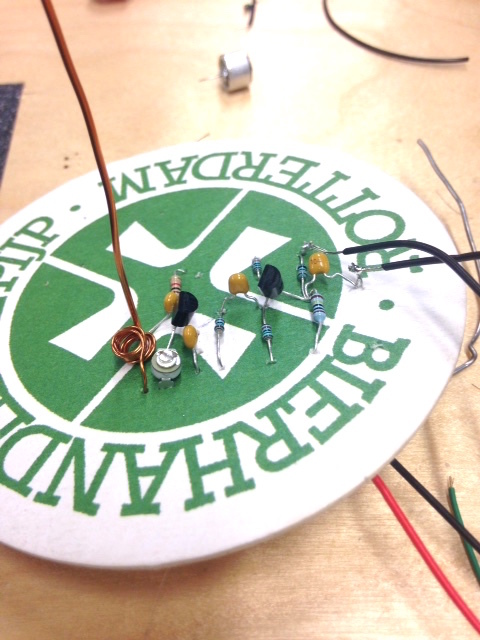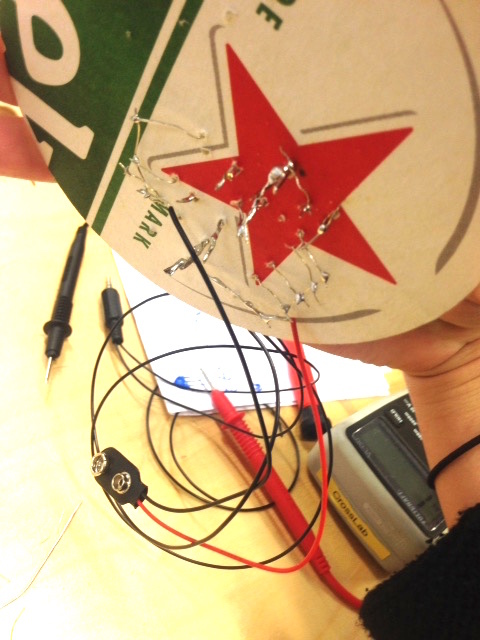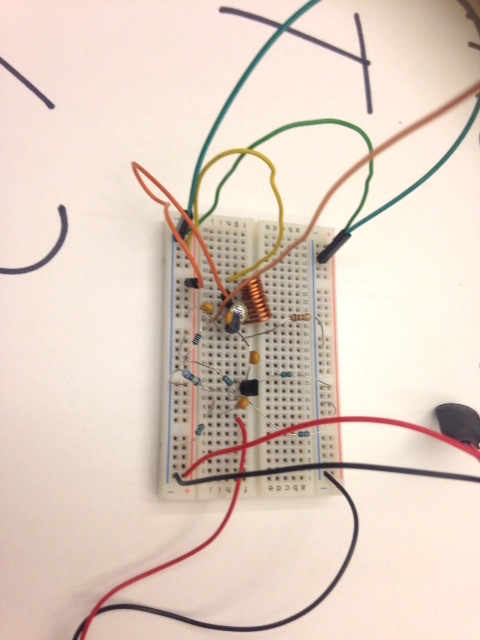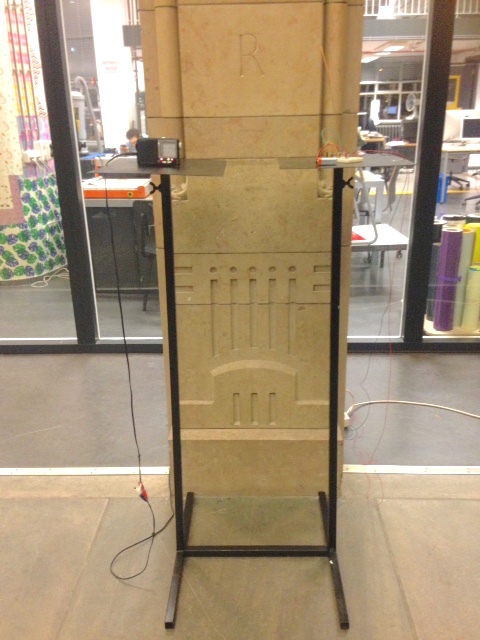User talk:Mimi
Q 9
Internal link: b.v: user:blabla of Main_page
pagina naam ontdekken? Achter het schuine streepje in de link staat de naam vermeld.
[ enkel
external link:
[[ dubbel
Youtube is also external link.
| = een streepje dat ervoor zorgt dat de text wel kan verschijnen in een internal link.
Bij een external link moet je gewon een spatie doen.
test pagina maken:
main_page/page_that_doesnt_exist
sub pagina:
Contents
Unravel the code introduction WIKI 2016/2017
smaller heading
heading without line
vier?
andere naam geven aan een pagina:
blablabjafahsfk
INTRODUCTION + WORKSHOP 1
During the introduction we got some basic information about Radiation. Explained by all the different teachers. The Minor students were showing their work to us, so we had a more clear idea of what it could be. We focussed a bit on GPS signals the first class and how it can be influenced.
During the workshop we were making an antenna. The antenna was a certain length to pick up wifi signals. We connected our antenna to a LED light. When we used Simon's phone and turned on the 2G network, we could see the light blink. It was really fun you could control a light just by the electronic field of wifi.
We made a creative shape of our Antenna. Here is the example:
EXAMPLES RADIATION IN FASHION
Dominic Wilcox
'No place like home' GPS shoes
These shoes are designed by Dominic Wilcox. He worked with LEDs in the toes that will guide you home no matter where you are. One of the No Place Like Home shoes has GPS technology embedded in the heel and an antenna in the red ankle tag. It communicates wirelessly with the other shoe. Custom-made software plots the location of home on a map before the data is uploaded to the shoe through a USB cable that plugs into the insole. The ring of LEDs in the left toe points the wearer in the right direction while those on the right toe show the journey's progress. "I had done a doodle about a month previously on my 'Sounds of Making in East London' record cover of a shoe with a switch on the front," Wilcox told Dezeen. "I think this was in my mind somehow, but I also thought about the Wizard of Oz and Dorothy's shoes to take her home. Mostly it was just an idea for a pair of shoes that I wanted to own myself," he added. Dorothy's red shoes are referenced in the red calf-leather lining, while Wilcox's illustrations of different homes are etched on the soles. Wilcox worked with technology expert Becky Stewart from Codasign and Northampton shoe makers Stamp Shoes. The project was commissioned by the Global Footprint project in Northamptonshire, an English county famous for shoe making. The shoes are being shown at Wilcox's solo exhibition during the London Design Festival.
.
BB SUIT
Dutch designer team: Borre Akkersdijk, Eva de Laat, Martijn ten Bohmer, Daan Spangenberg graphics.
Designed by Borre Akkersdijk, a Dutch textile developer, this prototype is basically the
opposite of the Jammer Coat because it is embedded with copper wires that enable WiFi, GPS, NFC and Bluetooth
that will turn you into a mappable hotspot with MP3 streaming capabilities. All those wires won’t hurt though
as there are two layers of cotton to protect the copper wires inside, thus making it comfortable to wear.
Interesting articles:
Digital and analogue signals
Electromagnetic radiation is used for communications and transmission of information. The waves that are used in this way are radio waves, microwaves, infrared radiation and light.
The idea of using a signal lamp to communicate was used in the 19th century. This method of long distance communication needed a code. One code used was Morse code, a series of long and short flashes of light for different letters of the alphabet. These signals can only be seen when visibility is good and for short distances.
Today we still use codes to send signals using electromagnetic radiation. There are two types of signal, analogue and digital. An analogue signal changes in frequency and amplitude all the time in a way that matches the changes in the voice or music being transmitted. A digital signal has just two values – which we can represent as 0 and 1.
An analogue signal varies in frequency and amplitude. A digital signal has two values, 0 and 1 (or ‘on’ and ‘off’).
wave communication The signal (voice, music or data) is converted into a code using only the values 0 and 1. The signal becomes a stream of 0 and 1 values. These pulses are added to the electromagnetic wave and transmitted. The signal is received and then decoded to recover the original signal.
Both analogue and digital signals can pick up unwanted signals that distort the original signal.
These unwanted signals are called noise. Digital signals can be cleaned up in a process known as regeneration because each pulse must be a 0 or a 1, so other values can be removed. Analogue signals can be amplified, but the noise is amplified too. This is why digital signals give a better-quality reception.
Digital signals give a better-quality reception because noise on digital signals is more easily removed.
This video shows an explanation of the differences between digital and analogue signals using CDs and vinyl records as examples. There are details of how each type of signal is generated to illustrate the differences between them, and the advantages of both types are also discussed.
WORKSHOP2:RTL-SDR experiments
WORKSHOP3:The 1st imaginary Radio assignment (brainstorm):
WORKSHOP4:Collaboration with the MICA Students
Project: PIRATE RADIO
For this workshop we worked together with MICA students.
We were divided in groups and had to work the whole day on an exciting
project. At first I thought it was really hard to realize it, but eventually we made it.
Within our group we devided people in 'transmitter makers' and in 'concept makers'.
I preferred the 'transmitter makers' group,
because I was curious about this part I didn't really knew about.
I was in a group with Maaike and Sanne. They already did something like this before,
which was nice because I learned a lot from them.
We started with a sketch/floor map from the construction of the transmitter.
The sketch looked like this:
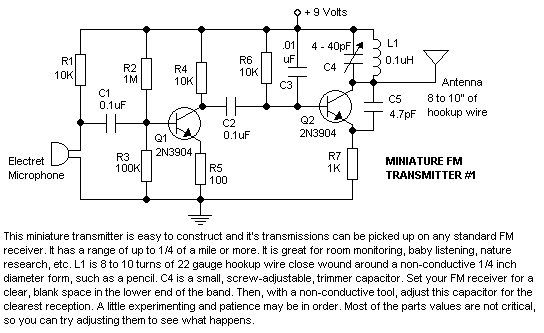
We needed to connect the elements together in the right way.
The first few tries failed for a couple of reasons.
Sometimes things were not soldered properly,
or sometimes elements were aborted.
Then we had to find out where the problem was.
By reading the floor map again we could figure out what it was.
After a couple of tries we finally got a working transmitter, which was super exciting. When we tuned to frequency 88 FM, their was a strong signal from our transmitter. We plugged it in our phone and played a song. When we tuned the radio to the right frequency, we could hear the song on the radio.
This was what the transmitter looked like:
The other side:
Our transmitter worked for about 4 times, but we might have to use a better one, when we heard what the concept was of our group.
Concept:
Pirate Radio:
Micro radio stations have a long history of connecting people within communities, often serving as platforms for talk shows where people can call in to a host with their personal questions.
With the creation of the Internet and the consolidation of information, people are increasingly turning to online search engines to answer their most personal questions. These platforms provides individuals with the feeling that they have been heard, without human interaction.
Pirate Radio aggregates the most frequently asked Google search questions, responding to them using the Rogerian Method ( a psychotherapy technique that answers questions with questions).
Micro radios' legacy included answering questions posed by community members. What does it mean when a bot answers frequently Googled questions?
Now that we had a concept and a transmitter ,we were preparing the presentation in the hall of Blaak.
I quickly hired some speakers to make the sounds louder.
When we were testing the transmitter out for the last time, we came to the conclusion that it didn't work out really well.
Thanks to the help of Yoana we got a better one. It looked like this:
When we had this much stronger transmitter our plan worked out really well.
We connected the transmitter to the computer where the Eliza program was open and replied to the other groups questions.
Eventually we didn't use the speakers anymore, because it worked out on the radio as well.
It was super exciting to hear the robot dialogue on the radio.
It was the same frequency as we used before: about 90/88.
Our final presentation was the next morning.
